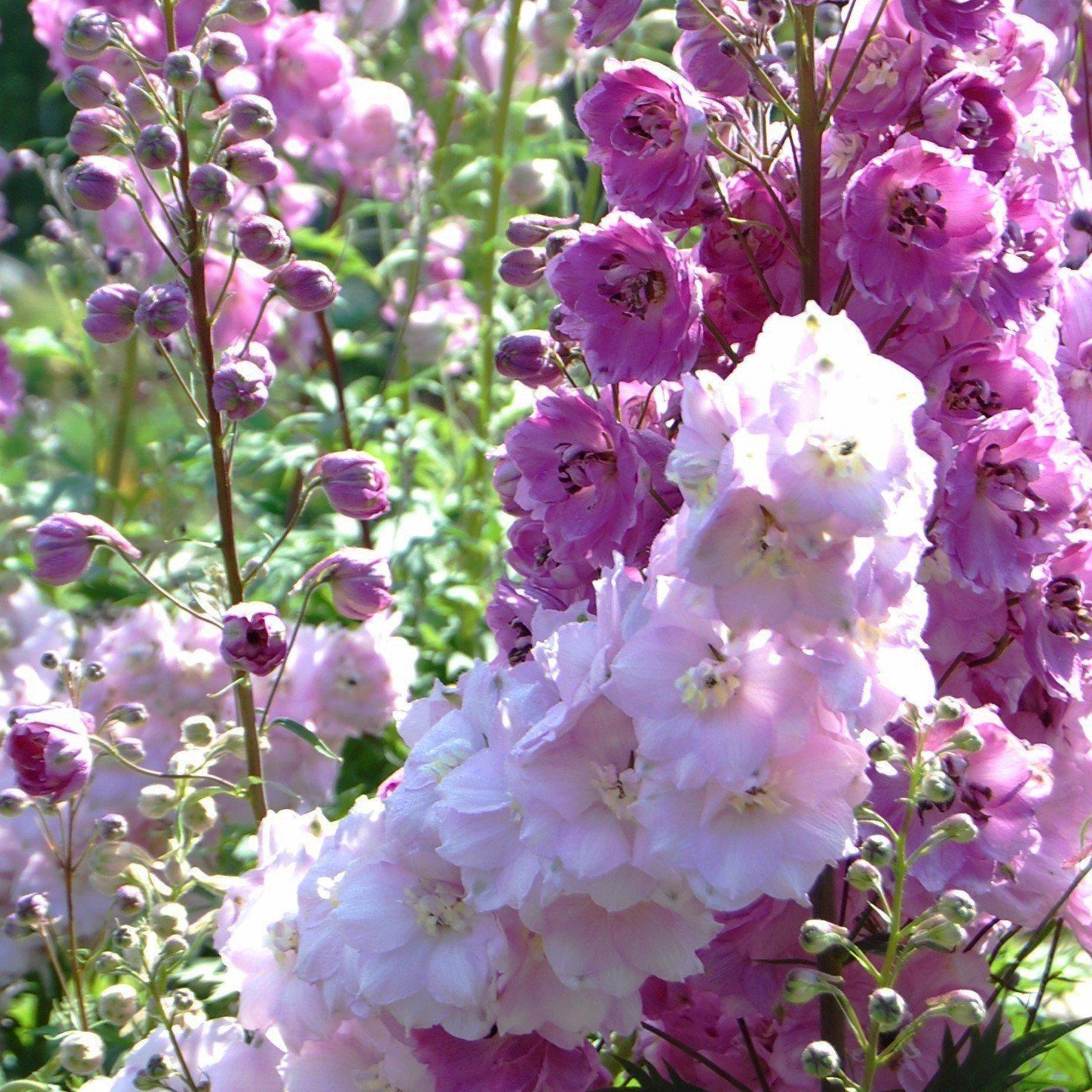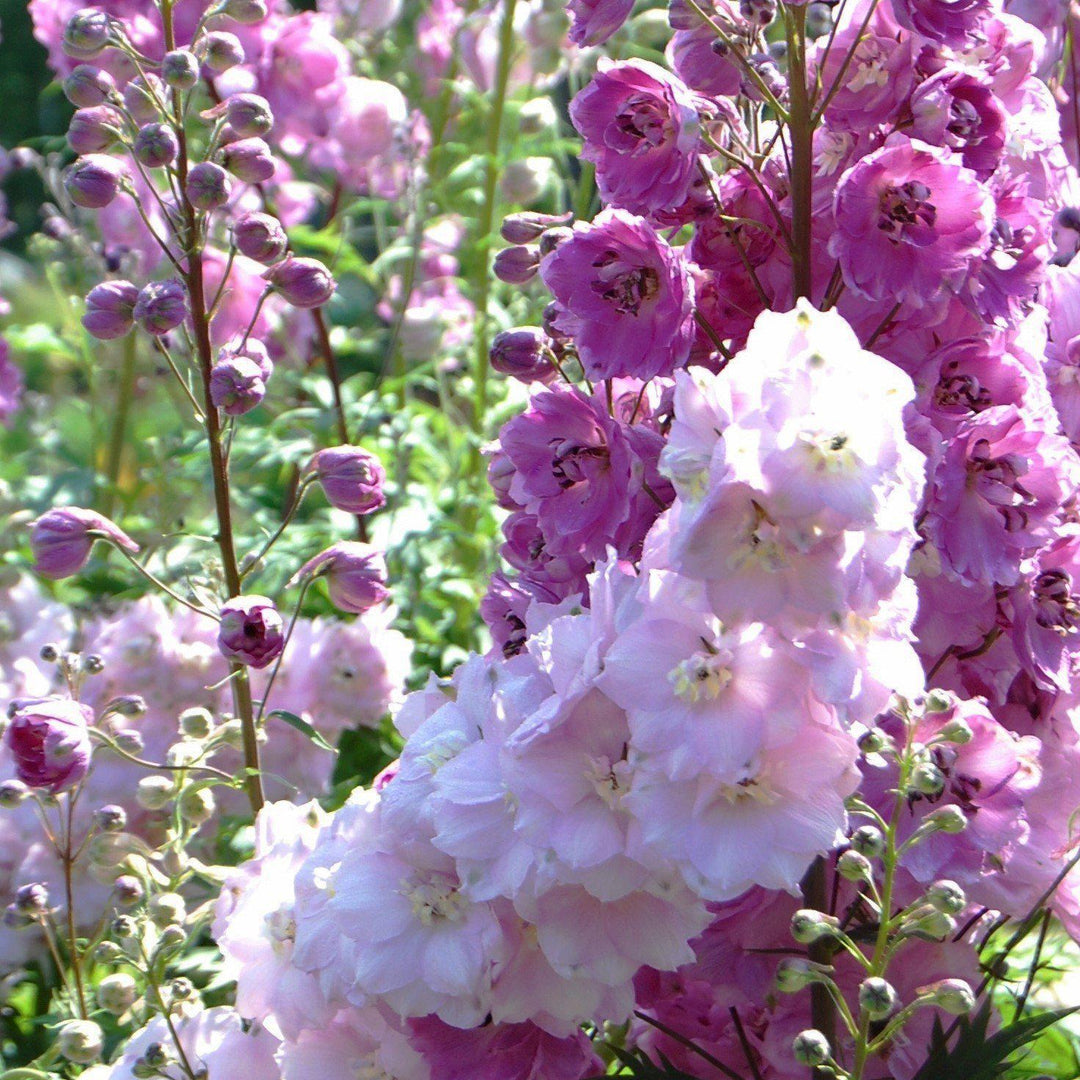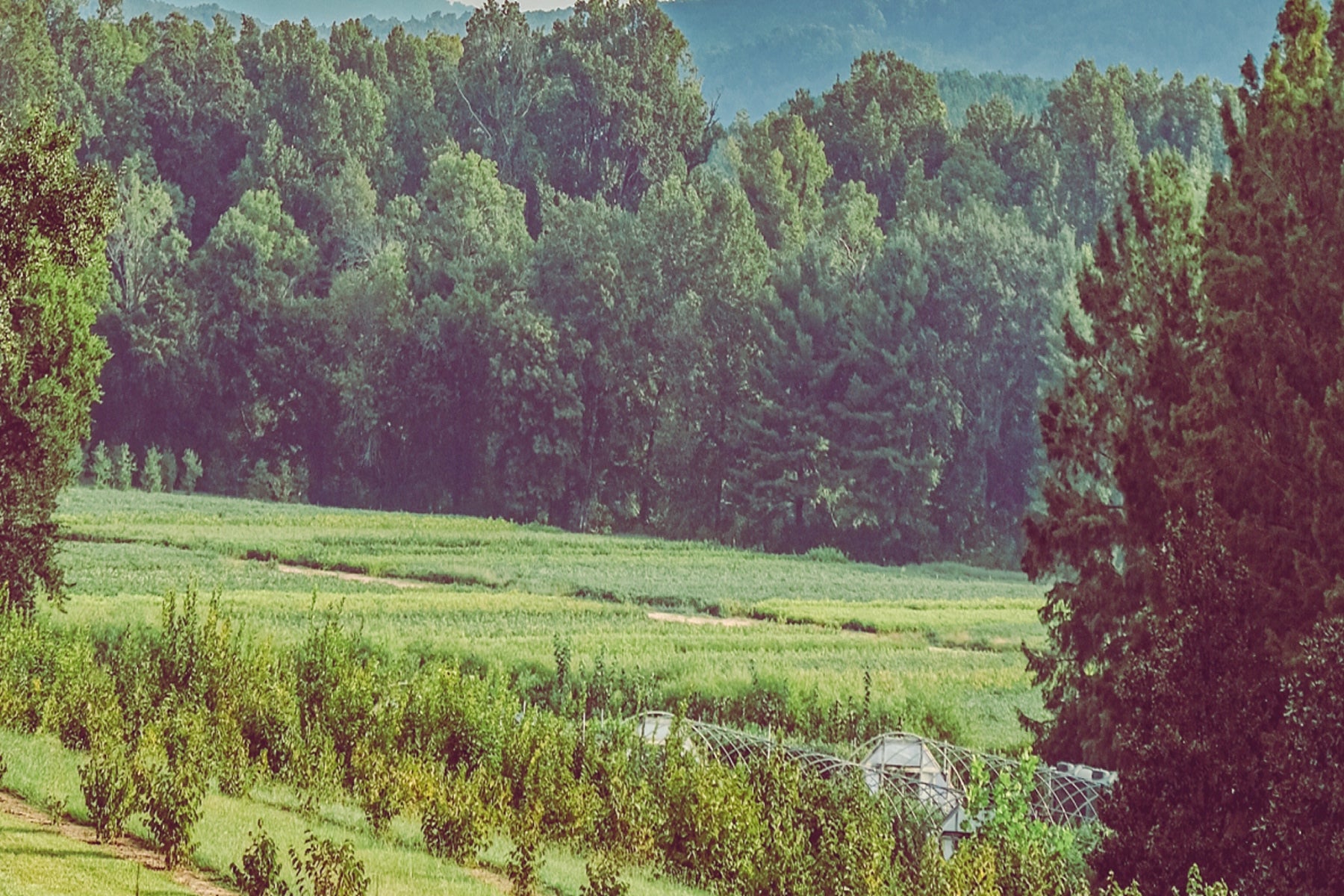The Pacific Hybrids area strain of large clumping perennials with palmate dark green basal leaves that are 5-7 parted and leaf stems 3-5 parted. Tall flower spikes are densely packed with single or double flowers that vary in color depending on the cultivar, which include shades of blue, white, purple, lavender or pink. They bloom first in summer and can continue to intermediately bloom through fall if deadheaded. Blooms best with afternoon shade in Southern climates and rich, moist, and slightly alkaline well-drained soil. Toxic if ingested.
|
Type: |
|
|
Height: |
4' - 6’ |
|
Spread: |
2’ - 3’ |
|
Spacing: |
2.5’ |
|
USDA Hardiness Zone: |
3 - 7 |
|
Culture: |
|
|
Bloom Color: |
Various |
|
Season of Interest: |
MAINTENANCE NEEDS: Medium Maintenance. Water regularly. Protect from strong winds and storms with staking. Deadhead to extend bloom. Susceptible to powdery mildew, blight, crown rot, and leaf spot. Watch for miners, borers, mites, and aphids. Slugs and snails can do considerable damage. Crown rot is inevitable if planted to deep or in poorly drained soils. Water at base and avoid wetting foliage to lessen chance of powdery mildew.
LANDSCAPE USES: Accents or Group Plantings, Borders, Woodland Garden, Rock Gardens, Foundational Plantings, and Containers.
COMPANION PLANTS: Phlox, Speedwell, Coneflower
IMAGES: Photo by InAweofGod'sCreation, Pacific Hybrids Delphinium, (2) cultivar413, 180516 153544 Huntington Botanical Gdn, (3) Rhododendrites, Unidentified larkspur in Central Park (81570), CC BY-SA 4.0, (4) Derek Harper, Delphiniums at Coleton Fishacre - geograph.org.uk - 1350896, CC BY-SA 2.0, (5) Niepokój Zbigniew, Ostróżka ogrodowa. 02, CC BY-SA 4.0
*As plants have ranges in appearance they may not appear as the images shown.































































